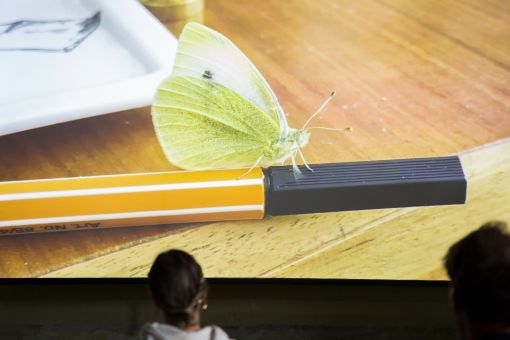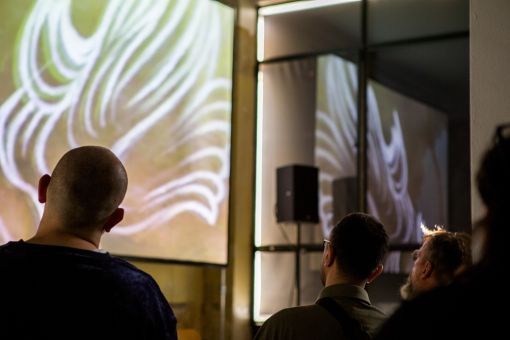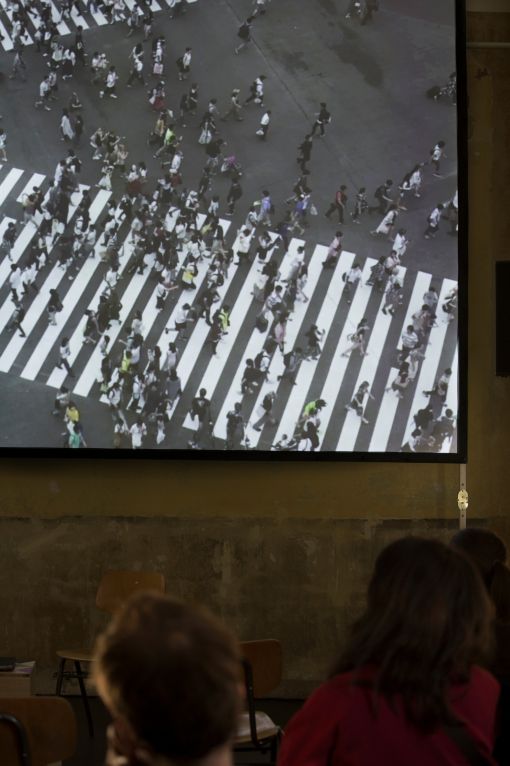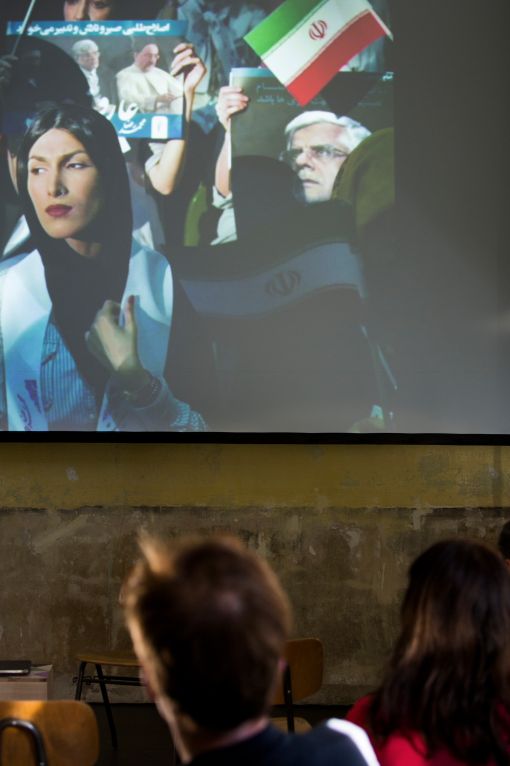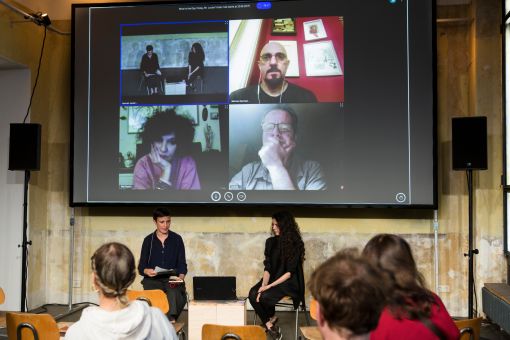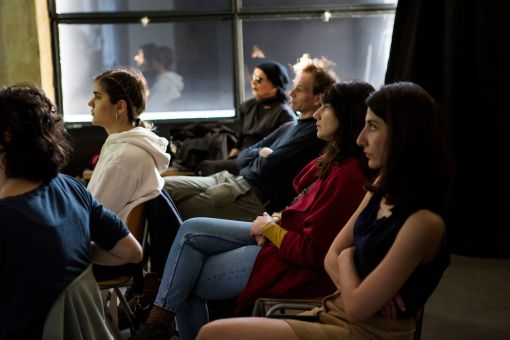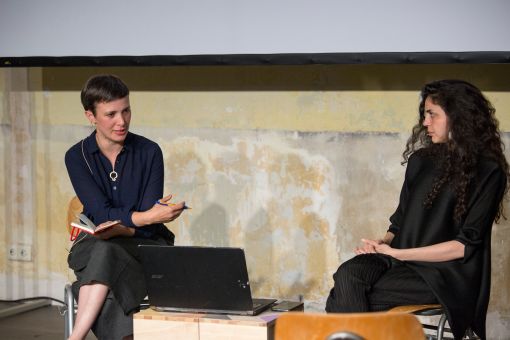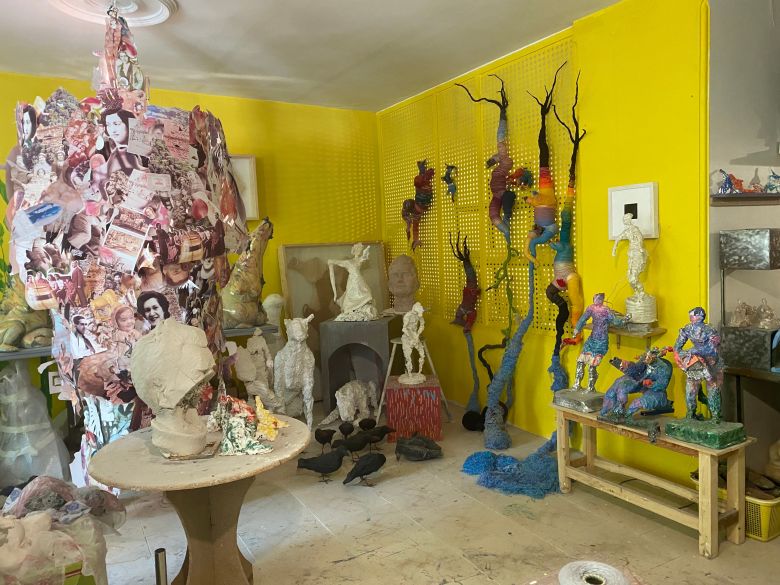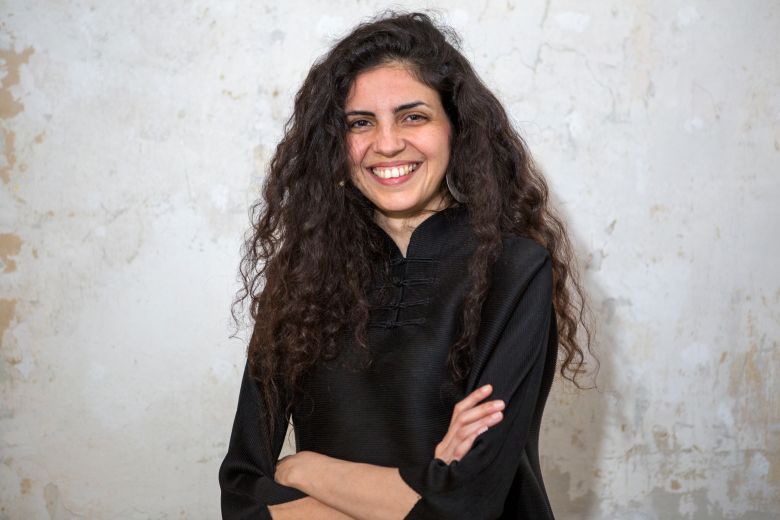What Is the Day Today, Mr. Locke?
mohit.art invited a live- and online audience to attend (video-) talks and virtual studio visits in Tehran with artists Bita Fayyazi, Behnam Kamrani, Negar Tahsili, and Newsha Tavakolian. The screening of four virtual studio visits was followed by a discussion with artist and curator of the project, Negar Tahsili, and Hannah Jacobi (moderation) on spot at Salon am Moritzplatz, Berlin, and with Fayyazi, Kamrani, and Sohrab Mahdavi (translation) joining the discussion remotely from Tehran.
“What day is it?,” a question a local station in Cleveland, Ohio, turned into a well-regarded TV show in 2020, has been something many people have asked themselves over the past two years, having lost track of time or been thrown off their usual rhythm due to the COVID-19 pandemic. Iranian artist and filmmaker Negar Tahsili was one such person, her situation as an artist reminded her of John Locke’s famous thought experiment of the “voluntary prisoner,” the analogy of the locked room. What does freedom mean when, with the pandemic holding the world hostage, people isolate themselves? What happens to creative people in isolation?
Tahsili took these questions as an opportunity to invite artists from Iran to engage in a filmic conversation with her and thus to enable unusual and very personal virtual studio visits. The collaboration resulted in four special films, each an art piece of its own, which, together with virtual/analogue conversations, brings (studio) visitors into the creative world of the four artists.
Key Issue: Honar-e Jadid
mohit.art presented “What Is the Day Today, Mr. Locke?” as the first in a series of events dedicated to new and experimental approaches in contemporary Iranian art. With the key issue “Honar-e Jadid: A New Art in Iran”, mohit.art examines how the peculiarities, connections, and exclusions that characterize the globalized art scene, become apparent in the development of contemporary artistic practices in Iran. Iran’s political and social history, with such diverse and challenging interconnections to the global context, turns the local art scene and in particular the discussion about “New Art” into a magnifying glass that amplifies debates around the questions of the canon, cultural identity, and the universalism of modernity.
Participants
Bita Fayyazi (born 1962) is a pioneer of “New Art” (honar-e jadid) in Iran and has been a talking point for her installations and performances in public space since the 1990s. Her approach is rooted in collaborative and community work and can be related to social sculpture. Fayyazi’s works and projects are widely shown in Iran and internationally.
Multidisciplinary artist Behnam Kamrani (born 1968) also turned to new media in art after studying painting in Tehran, working with video, installation, and digital painting. He combines them with visual elements and themes from Islamic and traditional Persian art. Kamrani’s works are largely exhibited in Iran, but also beyond.
Newsha Tavakolian (born 1981) stages social conditions and the inner lives of her protagonists in her artistic photographs, which also extend beyond the medium of photography. Tavakolian is a Magnum member and has reported for many years as a photographer from war and crisis zones around the world, as well as on the social issues in her native Iran. Her work has received numerous awards and is shown in Iran and globally.
Negar Tahsili (born 1980) is an inventor, filmmaker, and multidisciplinary artist. She directs films and works on interdisciplinary exhibition-based projects around the world. Her recent art projects are based on the concept of cloning and displacement. Apart from curating, she has exhibited internationally, her documentaries on culture and art have been shown at film festivals and broadcast by channels such as Arte.
Hannah Jacobi (born 1982) is an art historian and author, and the co-founder and co-director of mohit.art.


